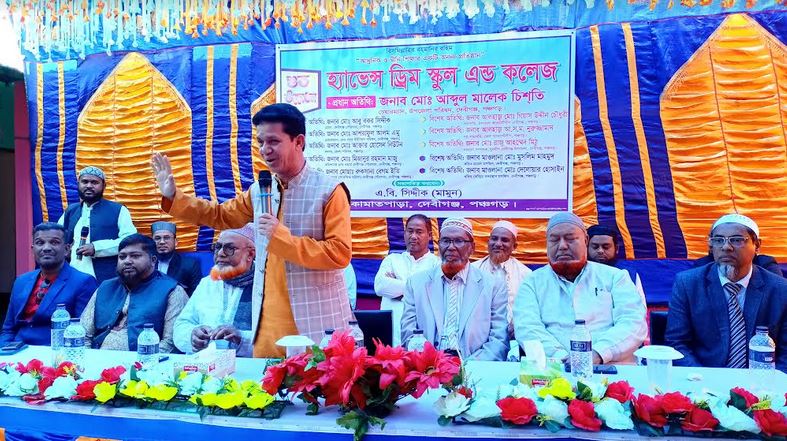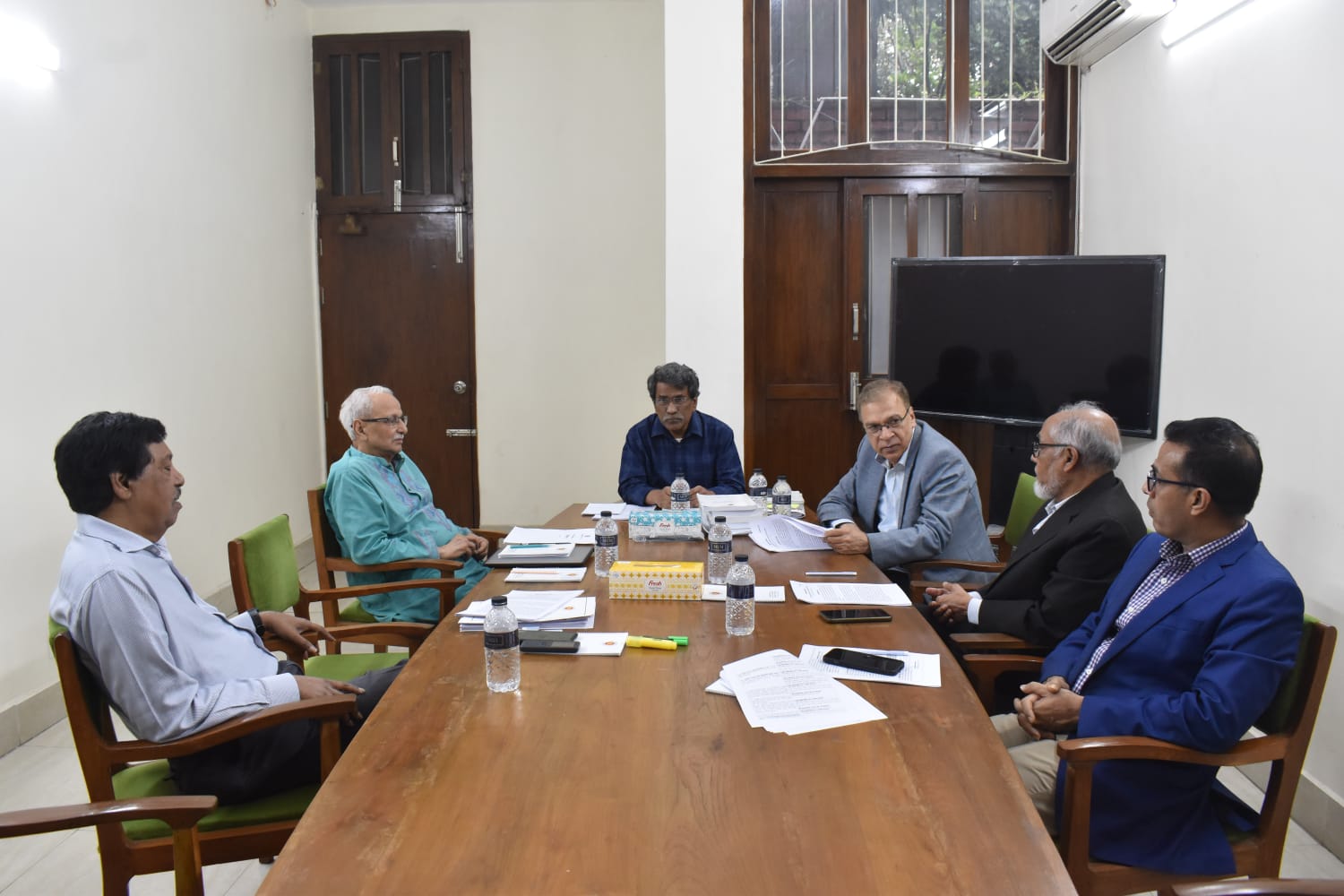 Moon Desk: In this northern Indian city once marred by communal tensions, labourers are finalizing a $6 billion infrastructure facelift ahead of the opening of a grand Hindu temple that is igniting an economic boom – which some of Ayodhya’s poor and its Muslim community say is passing them by.
Moon Desk: In this northern Indian city once marred by communal tensions, labourers are finalizing a $6 billion infrastructure facelift ahead of the opening of a grand Hindu temple that is igniting an economic boom – which some of Ayodhya’s poor and its Muslim community say is passing them by.
City officials expect about 4.5 million tourists a month – more than Ayodhya’s entire population of 3 million – once the first stage of Ram Mandir, as the temple is known, opens on Jan. 22 inside a sprawling complex of carved pink sandstone and white marble.
The BJP – which had made construction of the temple a national campaign pledge – is in government spending billions on rebuilding Ayodhya, with a new international airport, parks, roads and bridges in the offing. Hindu priest Rajendra Das says the temple – which believers say is built on the birthplace of Lord Ram, one of Hinduism’s most sacred deities – has boosted Ayodhya’s hospitality and real estate sectors like never before.
“Everyone will benefit by the temple,” said Das, a 64-year-old dressed in a dhoti sarong. He is spending $120,000 to rebuild his tourist lodge – which is being demolished in the city’s revamp – with bigger rooms that have more amenities. “Foreign tourists and people from every nook and corner of India will come.”
Reuters interviewed dozens of residents and businesspeople who said the Mandir is bringing a flood of new investment and prosperity to Ayodyha, though some complain of being left behind. Locals whose property was demolished in redevelopment feel displaced by soaring land prices and scant compensation. And some from the city’s sizeable Muslim community of an estimated 350,000 said they are not reaping the benefits of the boom.
BJP spokesperson Rakesh Tripathi denied that Muslim residents were being left out: “If roads are getting widened then Muslims will also use them. If electricity supply is getting fixed, Muslims will also benefit.” The opening comes before a national election due next year that Modi is widely favored to win, and will boost the Hindu-first agenda of the BJP.
Hospitality groups and property developers see significant opportunity in Ayodhya, which is set to become a pilgrimage destination for India’s 1.1 billion Hindus. Among many new hoteliers in Ayodhya are India’s Tata Group and U.S. group Radisson, which is setting up an 80-room property. The House of Abhinandan Lodha is also developing a residential project with a spa and pool in a city once lined with open sewers.
“This temple is expected to stand as one of the grandest Hindu temples, much like India’s own Vatican City,” said Lodha chief executive Samujjwal Ghosh, adding that businesses were marketing Ayodyha as a premium consumer product. Each year, millions of Hindus travel to Indian temple cities like Varanasi and Tirupati, which have become tourist hotspots with thriving hospitality sectors. Tata’s hotel subsidiary said the Ayodhya projects were part of plans to “strengthen its presence across spiritual centres.” Radisson didn’t return a request for comment on its plans.







